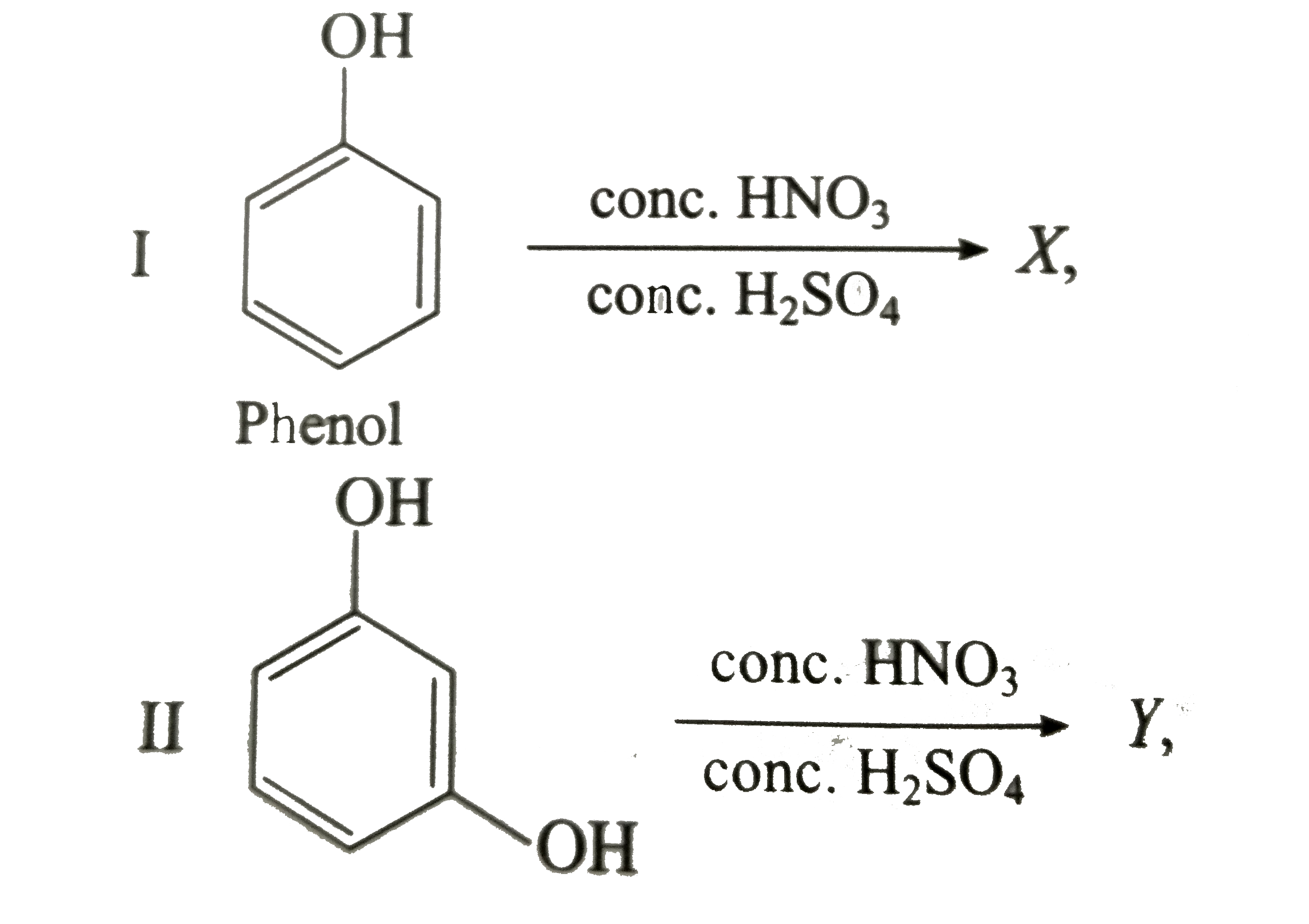Consider the following arrangement
 volume of liquid in container I and II at equlibrium are:
volume of liquid in container I and II at equlibrium are:
I=100 mL, II=100mL
I=200mL, II=0mL
I=0 mL, II=200mL
I=110 mL, II=90mL
The correct Answer is:B
Topper's Solved these Questions
- LIQUID SOLUTIONSBOOK - GRB PUBLICATIONCHAPTER - LIQUID SOLUTIONSEXERCISE - 22
8 Videos
- LIQUID SOLUTIONSBOOK - GRB PUBLICATIONCHAPTER - LIQUID SOLUTIONSEXERCISE - 24
8 Videos
- LIQUID SOLUTIONSBOOK - GRB PUBLICATIONCHAPTER - LIQUID SOLUTIONSEXERCISE - 5
15 Videos
- IONIC EQUILIBRIUMBOOK - GRB PUBLICATIONCHAPTER - IONIC EQUILIBRIUMEXERCISE - All Questions
526 Videos
- METALLUGYBOOK - GRB PUBLICATIONCHAPTER - METALLUGYEXERCISE - Subjective type
1 Videos
Similar Questions
Give reasons for the following in one or two sentences.
(i) Equal volumes of gases contain equal number of moles.
(ii) A bottle of liquid ammonia should be cooled before opening the stopper.
View SolutionGive reasons for the following in one or two sentences.
(i) Equal volumes of gases contain equal number of moles.
(ii) A bottle of liquid ammonia should be cooled before opening the stopper.
View Solution
Knowledge Check
consider the following statements (I-II) about organic farming.
AII,III and IVBIII and IVCII and IIIDI and IIConsider the following statements.
I. If the gas is allowed to expand freely, it is in equilibrium state throughout.
II. Volume is extensive state variable. Choose the correct option.AStatement i Is correctBStatement II Is correctCBoth the statements are correctDBoth the statements are incorrectConsider the following incomplete sentence
(i) When most liquids are cooled, they eventually freeze and form ….
(ii) Ice is a…..
These are complated byAcolumn = I supercooled liquid ,column = II crystalline solidBcolumn = I crystalline solid ,column = II crystalline solidCcolumn = I supercooled liquid ,column = II supercooled liquidDcolumn = Icrystalline solid ,column = II supercooled liquid
Consider a cylindrical container of cross-section area A length h and having coefficient of linear expansion αc. The container is filled by liquid of real expansion coefficient γL up to height h1. When temperature of the system is increased by Δθ then
(a). Find out the height, area and volume of cylindrical container and new volume of liquid.
(b). Find the height of liquid level when expansion of container is neglected.
(c). Find the relation between γL and αc for which volume of container above the liquid level
(i) increases
(ii). decreases
(iii). remains constant.
(d). On the surface of a cylindrical container a scale is attached for the measurement of level of liquid of liquid filled inside it. If we increase the temperature of the temperature of the system by Δθ, then
(i). Find height of liquid level as shown by the scale on the vessel. Neglect expansion of liquid.
(ii). Find the height of liquid level as shown by the scale on the vessel. Neglect expansion of container.

View SolutionConsider a cylindrical container of cross-section area A length h and having coefficient of linear expansion αc. The container is filled by liquid of real expansion coefficient γL up to height h1. When temperature of the system is increased by Δθ then
(a). Find out the height, area and volume of cylindrical container and new volume of liquid.
(b). Find the height of liquid level when expansion of container is neglected.
(c). Find the relation between γL and αc for which volume of container above the liquid level
(i) increases
(ii). decreases
(iii). remains constant.
(d). On the surface of a cylindrical container a scale is attached for the measurement of level of liquid of liquid filled inside it. If we increase the temperature of the temperature of the system by Δθ, then
(i). Find height of liquid level as shown by the scale on the vessel. Neglect expansion of liquid.
(ii). Find the height of liquid level as shown by the scale on the vessel. Neglect expansion of container.

View SolutionConsider the following reaction:

(I) and (II) are respectively
View SolutionConsider the following reactions I and II. ltbr>

Product 'X' and 'Y' are respectively :
View SolutionConsider the following equilibrium in a closed container
N2O4(g)⇔2NO2(g)
At a fixed temperature, the volume of the reaction container is halved. For this change, which of the following statements hold true regarding the equilibrium constant (Kp) and degree of dissociation (α)?
View Solution
